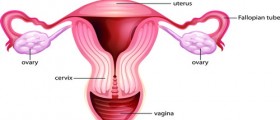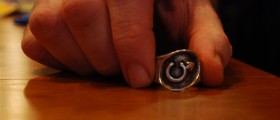
Tubal ligation is a procedure preventing women from getting pregnant. However, many are not familiar with this process and would desire to learn more about the reversibility of the process and the characteristics of the procedure per se. Different types of tubal ligation exist and it is very important to choose the one that is best for you. Yet, numerous women opt for whatever the doctor recommends, which may prove to be a bad choice eventually.
The Process of Tubal Ligation
The “tubal” from the name of this procedure is related to the Fallopian tubes, which get tied during ligation. The Fallopian tubes run between the uterus and the ovaries, being about 10 cm long. Their job is to connect the uterus to the interstitial segment running through the uterine muscle and the fimbrial segment made of cilia covered, finger-like growths.
These cilia take hold of the egg once it gets released from the ovary. Then, the same organs guide the egg into the Fallopian tubes and, subsequently to the uterus. While in the tubes, a sperm can fertilize the egg, leading to the creation of an embryo and the onset of pregnancy.
Thus, the ligation process intercepts this conception procedure by not allowing the sperms to enter the ovary and by not allowing the egg to travel to the uterus. Even though there are still chances that a sperm may run past the created blockage, these chances are minimal. Nevertheless, if pregnancy happens after tubal ligation, it could lead to a loss of Fallopian tubes and, possibly death.
The Ligation
Ligation, meaning the process of tying, can be done in three different ways, concerning Fallopian tubes. The original procedure, practiced for hundreds of years now, involves taking each of the tubes and doubling them, so that they form a loop, placing a ligature at the bottom and removing the loop by cutting it off. After the process, two segments are created from one and these are separated, with blocked entries and exits.
Alternatively, a ligature which cannot be absorbed may be used during the process. The ligatures get applied around the tubes in two places, removing the tubes afterwards. Also, the segment attached to the uterus can be joined to the back side of it.
Finally, about 25% of women who have undergone tubal ligation change their mind and desire a reversal. Luckily, reversal is possible and is successful in the majority of cases.

















Your thoughts on this
Loading...